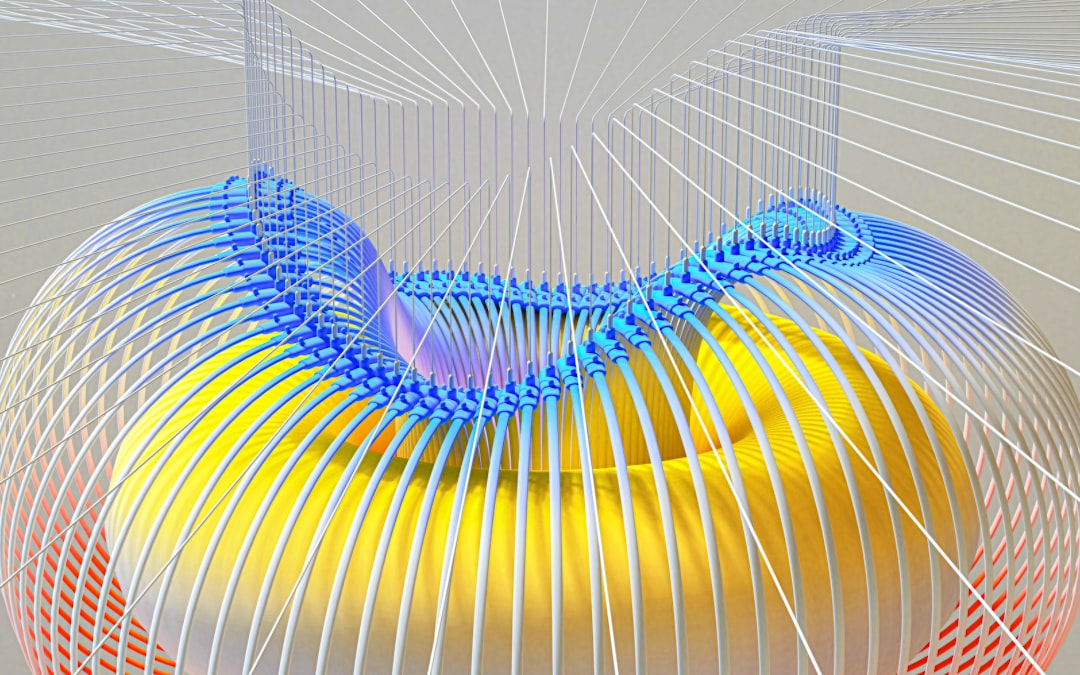What is it about?
We combine data on galaxy groups, their brightest galaxies and their location in the cosmic web, and show that galaxy groups can be divided into two main classes: luminous groups and clusters with mostly quenched brightest galaxies, located in filaments in superclusters, and faint groups with either quenched or star-forming brightest galaxies, which lie everywhere in the cosmic web. Our results emphasise the role of galaxy superclusters as a special environment for group growth.
Featured Image

Photo by Guillermo Ferla on Unsplash
Why is it important?
Most galaxies in the Universe reside in groups of various richness, which form web-like structure - the cosmic web. Good understanding of how their properties and the location in the cosmic web are related provides us with glues on how different structures and the whole cosmic web formed and evolved, and which processes were at work during formation and evolution of groups of various richness from single galaxies to the richest clusters in the high-density cores of superclusters. Our study suggest that the processes which shape the properties of galaxy groups and their brightest galaxies are different and/or have different timescales in poor groups and rich clusters.
Perspectives
Our study emphasises the role of environment in the formation and evolution of building blocks of the cosmic web - galaxies and their systems. Future studies, which include fainter galaxies and galaxies in a distant Universe will improve our understanding of the properties of the cosmic web and objects in it. For example, how empty are voids? Do faint galaxies fill in the voids, or the formation of galaxies and groups is biased, i.e. galaxies cannot form in very low density regions, cosmic voids.
Dr Maret Einasto
Tartu Observatory
Read the Original
This page is a summary of: Galaxy groups and clusters and their brightest galaxies within the cosmic web, Astronomy and Astrophysics, November 2023, EDP Sciences,
DOI: 10.1051/0004-6361/202347504.
You can read the full text:
Contributors
The following have contributed to this page










